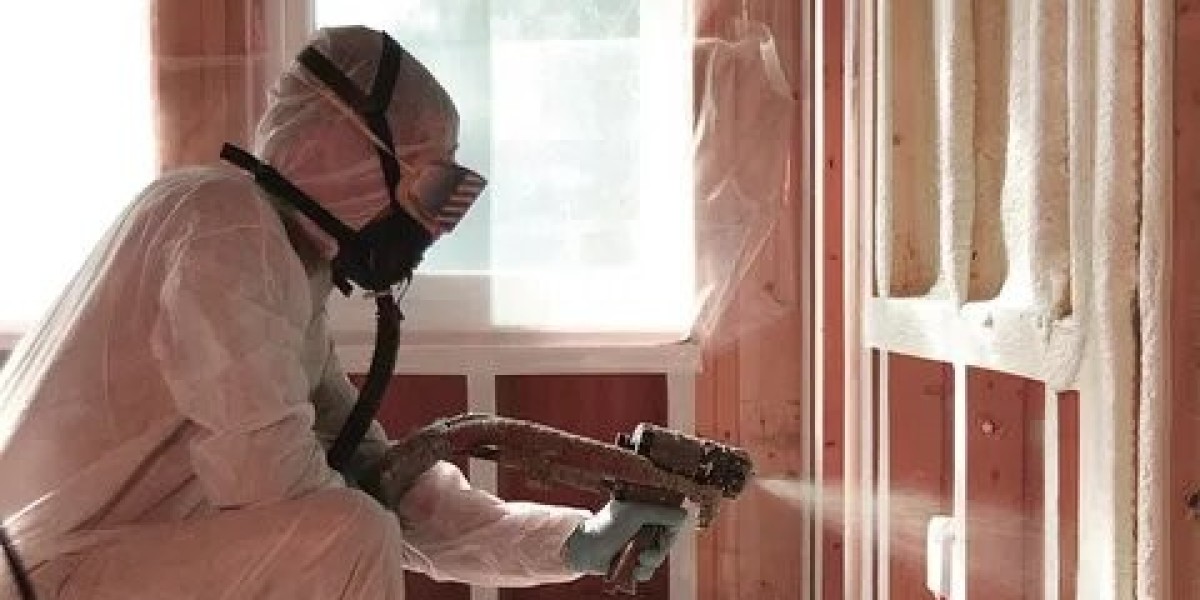Open cell spray foam insulation has gained popularity among homeowners and builders for its unique properties and advantages. Understanding both its benefits and drawbacks is essential for making informed decisions about insulation options. This guide will explore the pros and cons of open cell spray foam insulation, helping readers navigate this critical aspect of home improvement.
What is Open Cell Spray Foam Insulation?
Open cell spray foam is a type of insulation made from polyurethane. It is characterized by its soft, flexible structure, which allows it to expand and fill gaps during application. This type of foam contains cells that are not fully closed, allowing air to fill the spaces within the foam. As a result, open cell spray foam has a lower R-value per inch compared to closed cell spray foam but provides excellent soundproofing and air sealing capabilities.
Pros of Open Cell Spray Foam Insulation
Cost-Effective: One of the main advantages of open cell spray foam insulation is its cost. Generally, it is less expensive to install than closed cell spray foam, making it a budget-friendly option for homeowners looking to improve their insulation without breaking the bank.
Good Air Sealing Properties: Open cell spray foam effectively seals gaps and cracks in walls, ceilings, and roofs. This reduces drafts and air leakage, contributing to a more comfortable indoor environment.
Sound Dampening: The soft and flexible nature of open cell foam makes it an excellent sound absorber. This feature is particularly beneficial in urban areas or homes near busy streets, where noise reduction is a priority.
Lightweight and Easy to Handle: Open cell spray foam is lighter than closed cell foam, making it easier to transport and apply. This can lead to quicker installation times and lower labor costs.
Eco-Friendly Options Available: Many manufacturers now produce open cell spray foams using environmentally friendly materials and processes. This can be a significant consideration for homeowners concerned about their environmental footprint.
Cons of Open Cell Spray Foam Insulation
Lower R-Value: While open cell foam offers many advantages, its R-value is generally lower than that of closed cell foam. This means it provides less thermal resistance per inch of thickness, potentially requiring a thicker application to achieve the same insulating effect.
Moisture Absorption: Open cell spray foam is permeable to moisture. This can be a concern in areas with high humidity or potential water exposure, as the foam can absorb water, leading to mold growth and structural damage over time.
Potential for Settling: Over time, open cell foam may settle or compress, reducing its insulating effectiveness. This settling can lead to gaps that compromise air sealing, requiring additional maintenance or reapplication.
Limited Use in Certain Applications: Open cell spray foam may not be suitable for all insulation needs. For example, it is generally not recommended for below-grade applications or areas exposed to significant moisture, such as basements.
Professional Installation Required: Like all spray foam insulation, open cell foam requires professional installation to ensure proper application. This can add to the overall cost of the project.
Application Areas for Open Cell Spray Foam Insulation
Open cell spray foam is commonly used in various areas of a home or building:
Attics
Using open cell spray foam in attics helps seal off air leaks, keeping the temperature more consistent and reducing heating and cooling costs.
Walls
Insulating walls with open cell foam can improve energy efficiency and provide soundproofing benefits, making it a popular choice for both new constructions and renovations.
Ceilings
In ceiling applications, open cell foam can help manage temperature fluctuations and improve overall comfort within living spaces.
Installation Considerations
When considering open cell spray foam insulation, there are several installation factors to keep in mind:
Professional Expertise
Proper installation is critical to achieving the desired benefits of open cell spray foam. They should hire professionals experienced in spray foam applications to ensure effective sealing and insulation.
Safety Precautions
The installation process involves working with chemicals, so safety precautions must be taken. Professionals will use appropriate protective gear and ensure proper ventilation during the application.
FAQs About Open Cell Spray Foam Insulation
1. What is the R-value of open cell spray foam insulation?
Open cell spray foam typically has an R-value of about 3.5 to 4 per inch of thickness.
2. Is open cell spray foam waterproof?
No, open cell spray foam is not waterproof and can absorb moisture. It is best used in areas with controlled humidity.
3. How long does open cell spray foam insulation last?
When properly installed, open cell spray foam can last for many years, often exceeding 20 years.
4. Can I install open cell spray foam insulation myself?
While some homeowners may attempt DIY installation, it is highly recommended to hire professionals for safety and effectiveness.
5. How does open cell spray foam compare to closed cell spray foam?
Open cell spray foam is less dense, has a lower R-value, and absorbs moisture, while closed cell spray foam offers higher insulation values and moisture resistance.
Conclusion
Open cell spray foam insulation offers a range of benefits that can enhance the comfort and energy efficiency of homes. While it is cost-effective and provides good air sealing and sound dampening properties, it also comes with some drawbacks, such as lower R-value and moisture absorption concerns. Homeowners in Baton Rouge and surrounding areas should weigh these factors when considering insulation options. For professional guidance and installation, they can contact Polyco Spray Foam at (225) 416-5896. They proudly serve areas including Prairieville, Gonzales, Denham Springs, Walker, Monticello, Merry Dale, Westminster, Shenandoah, Village St. George, Zachary, Oak Hills, and throughout Louisiana.









